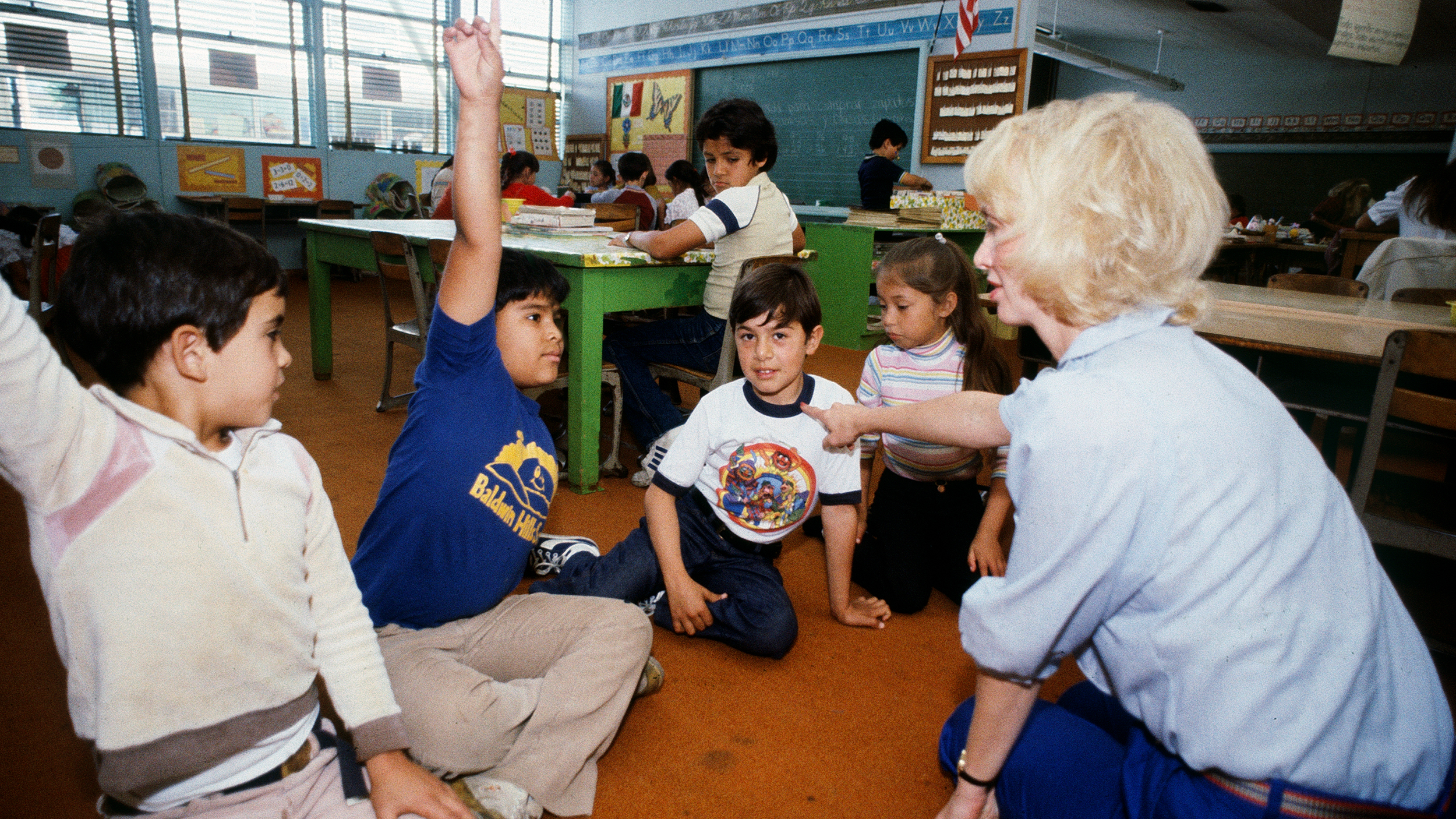Amid all the brilliant thinkers Tim Ferriss interviewed for his podcast and book Tools of Titans, one idea kept springing up: the importance of cultivating space in the mind.
A second concept, by contrast, came up only once, through conversations with chess prodigy Joshua Waitzkin, who takes an “endgame” approach to all of his pursuits.
Ferriss explains these two ideas in detail, as well as how they can be applied across many fields — from cooking to creating a startup.
Tim Ferriss: One of the concepts that comes up over and over again with prolific, creative minds that I've interviewed for the 'Tim Ferris Show,' or for the book, 'Tools of Titans,' is creating empty space. And one of the guests, Josh Waitzkin, who never does any media, always texts me with profanity-laden SMSs, because I'm the only one who can pull him out of his cave to do media — but he is best known, perhaps, as the "chess prodigy." And I'll explain why I put that in air quotes, besides how funny it looks on camera, who formed the basis, for "Searching for Bobby Fisher," both the book and the movie. He was a very well-known chess player, and continues to be an incredible chess player, but he has applied his learning framework to more than chess.
So he was a world champion in Tai Chi Push Hands. He's the first black belt in Brazilian Jiu-Jitsu under the phenom, probably the best of all time, Marcelo Garcia, who trains in New York City; I think he's a nine-time world champion, something like that. And he's now tackling paddle surfing, and he can apply to just about anything. He works with some of the top financial minds in the world- hedge fund managers and beyond- the best of the best, top 1%. So, why? What are the principles that he shares? One of them is creating empty space, cultivating empty space as a way of life. And these are all tied together, so I'll mention another one. Learning the macro from the micro, and then beginning with the end in mind- and these all work together. So I'll explain, in fact, the last two.
First, Josh learned to play chess, or I should say more accurately, was coached by his first real coach in the opposite direction when compared to most training and most chess books, he was taught in reverse. So what does that mean? He began with the endgame, and with very few pieces. So they cleared all the pieces off the board. Instead of starting with openings- meaning, what do you do first? The first 5 to 10 moves. Start with the end game. King and pawn versus king. What does this do? Well, this forces you to focus on principles like opposition, creating space, Zugzwang, which is a principle of forcing your opponent to do anything that will destroy their position, or anything they can possibly do that will worsen their position. And these types of principles that you learn when there's an empty board with a few pieces accomplish a few things: Number one, you are learning the macro, the principles that you can apply throughout the game of chess in almost any scenario, through the micro, this endgame situation. And these principles are adaptable: You become a machine that can bob and weave with the circumstances very effectively.
Compared to that as Josh would put it, "If you're memorizing the openings," okay? And this might be like memorizing recipes if you're learning to cook. You're effectively stealing the answers from the teacher's guidebook to a test- and you'll be able to beat your friends for a while, and maybe even be considered a pretty decent chess player. But on a deep level, you don't understand the game, and you will not, you'll hit a ceiling, and you'll never progress past that. And you'll get beaten by really good players. So that can be applied to, for instance, Brazilian Jiu-Jitsu. Josh taught me, basically all of the most important principles of jujitsu, through one move. At the endgame, which is a choke called the guillotine, which Marcelo is famous for, his version is called the "Marcelo-tine." But it's effectively like this: You're choking someone's head here, and he has a weird way of doing it where he puts his forearm on top of your shoulder- it's pretty wicked. If you wanna be put unconscious, you can go to that gym and and experience that yourself.
But that can also be applied to many, many other things. For instance, if you're trying to build a startup, all right, this is a common, trendy thing to do these days, and I think everybody should start a business at some point. But in the startup game in say, Silicon Valley where I live, if you're gonna go into the venture-backed world, well, you and your founder better think a lot about the endgame. And you should definitely have an agreement, at least a working agreement, a tentative agreement on what type of exit, say acquisition offer is acceptable to you. If those end goal components aren't in place, then it's just a slow motion train wreck waiting to happen. And how might you do that? Well, if you're trying to learn the macro from the micro, you could think about what the acquisition agreement might look like. So you could talk to lawyers, get a sample template agreement, and look at the provisions, look at the clauses, and then reverse engineer it, so that when you're forming the company, when you're hiring employees, your decisions at that point make it possible to have that contract at the end.
This is another example, micro: maybe it's a 10, 20-page document. Macro: building a company that gets acquired by a much, much larger company. So that is learning the macro from the micro. Another example, just 'cause I brought up cooking, would be say, choosing a recipe that involves two or three primary techniques, and perhaps three to five primary ingredients that apply in many, many, many different dishes. So you're learning principles of say, flavor combination, principles of using convection versus shallow frying or saute versus steaming, okay, that apply across the board. And in doing so, let's say you do it without a recipe, without a timer, or I should say a meat thermometer or something like that, you're gonna learn also to test the food to know whether it is done or not. That then applies to everything, but you can do it just learning how to make harissa crab cakes with steamed broccoli. And, I have no idea, say candied yams, something like that.
All right, so that's that. Now, then we're also talking about the endgame. So we've covered that. Creating or cultivating empty space as a way of life. This is very important to Josh Waitzkin, who I mentioned, is very important to people like Paul Graham, who's the co-founder of Y Combinator, which is like the Navy Seals/Harvard of startup accelerators. Keeping it simple, let's just call it that for now. Creating, if you are a creator, if you are a maker and not a manager, this is important. Creating three to five-which, by the way, is a decision- so a lot of really good entrepreneurs start as a technician or a tactician. They're very, very good at one thing, then they end up in a managerial role that they hate. Doesn't mean you have to stay there, and you see a lot of folks, like Evan Williams, and others who then, at some point, realize this, and return to a more product-focused role, even if they are also the CEO making some high-level 30,000-foot decisions.
Okay, but if you are a maker, if you've decided to be a maker, if you just happen to be a maker or a creator, let's call it three to five-hour uninterrupted blocks of time are extremely critical. If you want to connect the dots, if you wanna have the space to allow yourself to have original ideas, or at least original combinations of ideas, you really need to block out that time, and protect it at least once a week. So in 'Tools of Titans,' there are many people who do this. Ramit Sethi, for instance, as a very, very successful, multi, multimillion-dollar business that he built out of a blog he started long ago in college, which was very, very niche in its focus. He blocks out, I believe it's every Wednesday, for three to five hours of time, he'll block it out for learning. Noah Kagan, another entrepreneur, does the same thing. So on Wednesdays from me, I have from 9:00 AM to 1:00 PM. This is pre-lunch. I have creation: that means writing, recording, or some similar aspect of, in my mind, creating with with my skillset and my assets. And it is extremely important that I do that before I am barraged by inputs.
In other words, and this is true of Josh as well, first thing in the morning, he's doing journaling. Reid Hoffman, billionaire, co-founder or founder of LinkedIn, same story. He will plant a seed in his mind the night before. A problem he wants to solve, a project he wants to think about improving perhaps, and then waking up, 'tabula rasa,' complete blank slate, immediately working on that problem with journaling. Before any text messages, before any email, which is why, for instance, I don't have emails set up on my phone. I do not have mail set up on my iPhone. I do not get notifications. I also put my phone on airplane mode for a lot of reasons. If you've read the 'Four Hour Body', it explains some of the physical ones, but onto airplane mode when I go to bed, and it stays on airplane mode until I am done with my creation period, and then it comes on. Because as soon as you go into bullet dodging, or like what I'm doing, bullet blocking mode with everyone else's agenda for your time, which is very often the inbox or text messages, you're DOA. You're done, your creativity is all for naught, in general.
So for me, for many people who are say programming, for musicians, for creative types, slack in the system, you have to create slack, you have to create space. You have to create large, uninterrupted blocks of time- and the only way to do that is to put it on your calendar. If it's not on your calendar, it's not real. You need to put it in your calendar, and defend it just like you would anything else.






